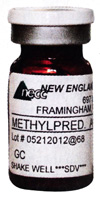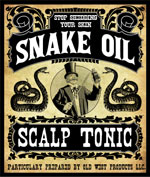
Counting Angioplasties:
Too many, too few, or just right?
Although it is St. Joseph London Hospital that is taking the heat in Kentucky over accusations of performing medically unnecessary cardiac catheterizations and other invasive cardiac procedures, it is certainly not alone nationally in this regard. I examined publicly available health data from the Kentucky Hospital Association (KHA) website which confirmed that St. Joseph London was performing a lot of cardiac catheterizations and other invasive cardiac procedures for such a small hospital in a rural part of our state. The hospital today claims to perform over 3000 heart catheterizations a year, although not all are angioplasties. Of course, absolute numbers alone do not indicate that anything improper occurred, However, given the nature of the accusations, the precedents elsewhere, and in the best interests of both the hospital and the patients it serves; it is my belief that a careful and transparent review is in order. [Addendum: We can now be sure that very much that was improper occurred!] Continue reading “Bad Hearts, Bad Healthcare, or Both in Eastern Kentucky?”



